Student Aspirations: Key to Powerful Learning
By Dr. David T. Conley
Everyone understands the importance of motivation to learn. While it’s possible to get students to learn by having them be compliant or seek external rewards, the most powerful learning occurs when students take ownership of the learning process and can link what they are being taught to a larger set of goals that they have embraced and toward which they are directing their efforts.
These can be characterized as their aspirations. When students have a vision of what they want their future to be, and the education they are receiving moves them toward that vision, they are powerfully motivated to give their best effort and engage more fully in the learning process.
Most educational institutions know precious little about their students’ aspirations. Colleges may have a tally of student enrollment by program or major, and the assumption is that this information is a good indicator of student aspirations. However, measures of this nature provide relatively little insight into how strongly students are committed to these outcomes, where they hope to end up ultimately as a result of these programs and majors, or whether they could be aiming higher toward more challenging futures and are undershooting the mark relative to their capabilities and potential. Additionally, many students remain undeclared for long periods of time or switch programs and majors frequently, which indicates that they have not settled on their aspirations.
One step institutions can take is to ask students more directly what their aspirations are and then track the evolution of student aspirations over time. It’s useful to know in general how deeply committed students are to their dreams or how adrift they might be. More specifically, it’s useful for advisors and students themselves to be able to ascertain the match between student aspirations and behaviors. Are students aspiring to careers for which course choices seem unlikely to prepare them? Will they need to pursue advanced studies to achieve their aspirations fully but are not doing the things necessary to be eligible for such programs? Do they seem to be making poor choices, showing little enthusiasm for doing the kinds of things necessary to achieve their purported aspirations? Armed with greater self-knowledge, students can make better decisions and use resources such as advisors more effectively and efficiently.
Instructors can also benefit from knowing more about the aspirations of the students in their courses. Most instructors make a cursory attempt to glean some of this information, sometimes by a simple show of hands on the first day of class or perhaps by having students complete brief profiles in which they state their major or perhaps identify their goals. If instructors had access to more systematic, longitudinal information on student aspirations that helped them determine the match between those aspirations and the course being taught, this might help instructors adjust instruction, assignments, and assessments accordingly.
For example, if a portion of the students in a course were highly motivated and deeply interested in the course, it might make sense to offer additional options to these types of students to deepen their understanding and mastery of course material. For those students with fewer connections between the course and their aspirations, the instructor might choose to focus more on exploratory-type of assignments that helped these students gain a greater appreciation of the subject and perhaps even make more connections between the subject and their aspirations.
Emphasizing institutional awareness and self-awareness of student aspirations can help construct a learning culture built around greater student engagement in and ownership of learning. This type of a culture sends a message to students who are just going through the motions or who don’t know why they are in a postsecondary program that they need to consider their aspirations and make clearer, stronger connection between their goals and their behaviors. When they are able to do so, they become more empowered learners who make greater contributions in class and who become more engaged in the academic community of the institution. Doing so improves the overall educational environment and supports enhanced student success.
Knowing more about student aspirations and valuing and acting upon such information is a key strategy that any educational institution can adopt to improve student outcomes and the quality of the educational process generally.




